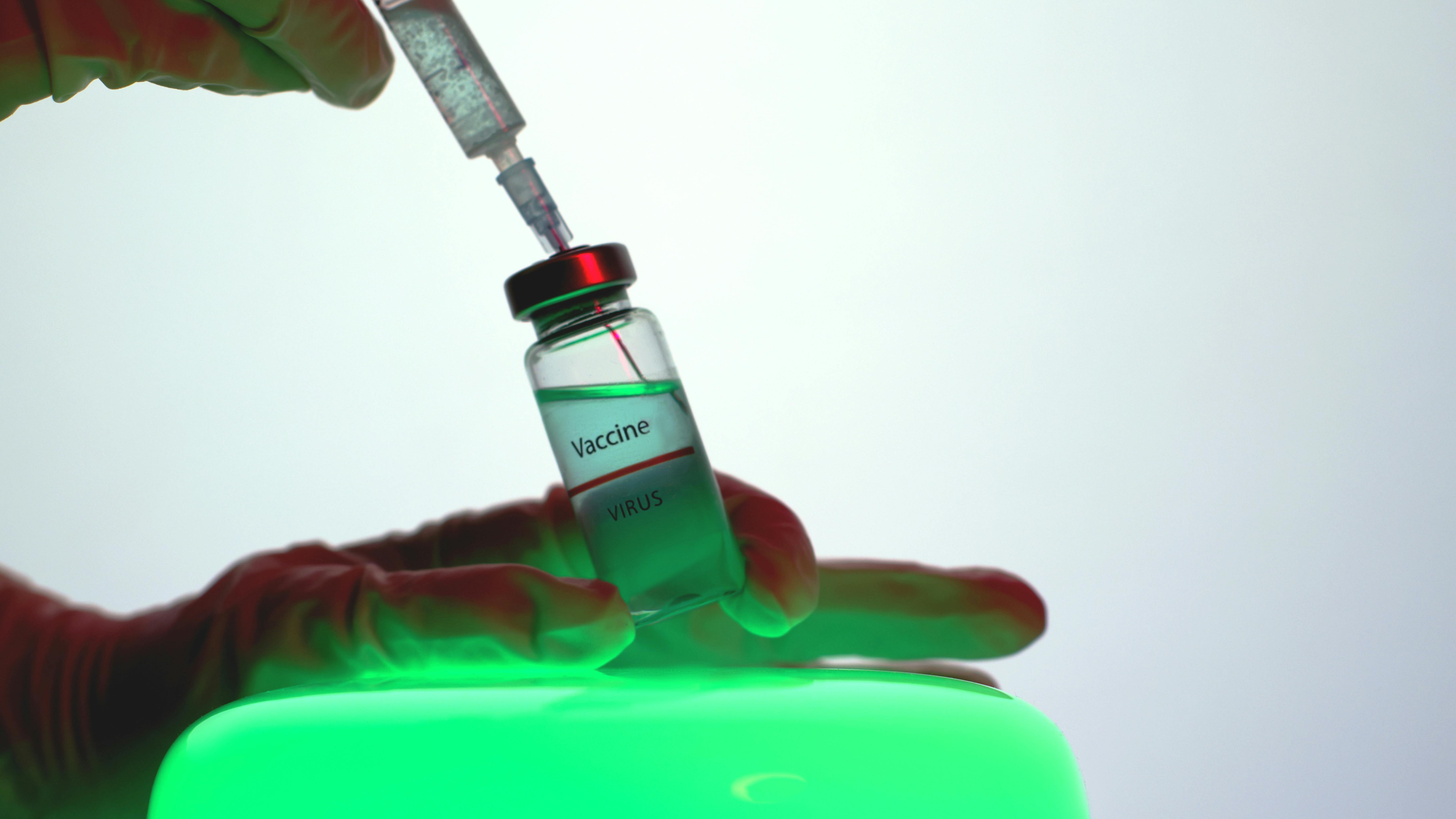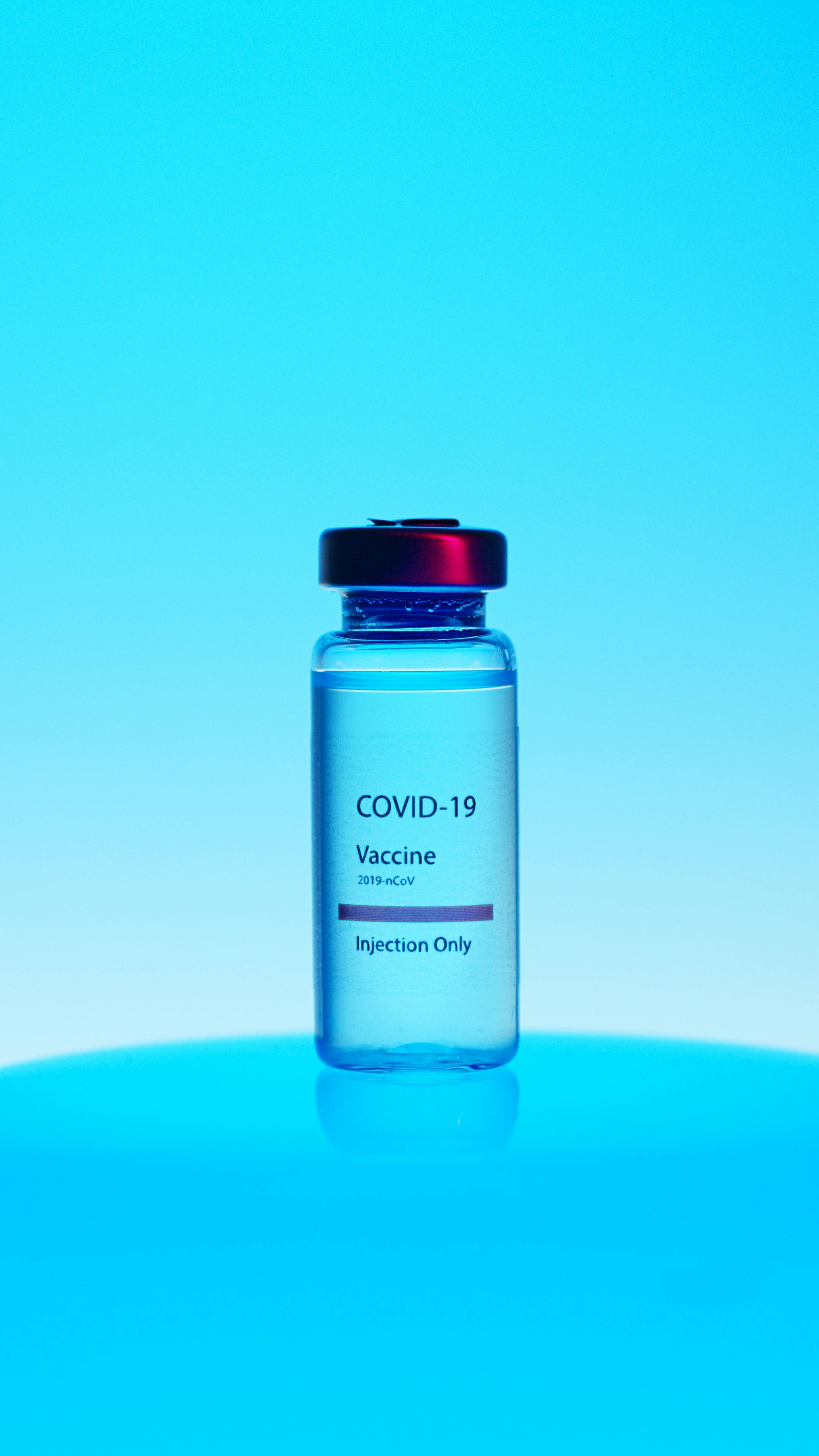Drug Abuse Testing Market Forecast 2033 Analysis
🕓 Estimated Reading Time: 5 minutes
- Explores the projected growth of the drug abuse testing market through 2033.
- Analyzes key drivers, technological advancements, and regulatory impacts shaping the industry.
- Highlights the roles of prominent companies in the evolving landscape of substance abuse detection.
- Provides insights into significant trends and opportunities within the sector.
Overview
The global landscape of public health and safety continues to grapple with the pervasive challenge of substance abuse. In response, the Drug Abuse Testing Market is poised for substantial growth over the next decade. A comprehensive market analysis, extending its forecast to 2033, reveals a robust expansion driven by increasing awareness, stringent regulatory mandates, and technological advancements in diagnostic solutions. This market, crucial for public health, law enforcement, and workplace safety, encompasses a wide array of testing methods designed to detect illicit substances and controlled prescription drugs. As societies worldwide intensify their efforts to combat drug misuse, the demand for reliable, efficient, and accessible drug testing solutions is set to escalate, positioning this sector as a critical component in future healthcare and safety frameworks.

Background & Context
The imperative for drug abuse testing stems from a multifaceted societal need. On one hand, the rising global prevalence of drug addiction and overdose deaths necessitates robust screening and monitoring programs. According to reports, including those cited by analyses from MENAFN regarding market forecasts, this escalating crisis fuels the demand for rapid and accurate detection methods. On the other, regulatory bodies and employers are increasingly implementing mandatory drug testing policies to ensure safety, productivity, and compliance. For instance, in workplaces, drug screening is vital for roles in transportation, healthcare, and manufacturing, where impairment can lead to catastrophic consequences. Similarly, in the justice system, drug testing plays a pivotal role in probation, parole, and rehabilitation programs. The convergence of these factors creates a sustained and growing need for a sophisticated Drug Testing Industry Forecast, highlighting expected innovations and market shifts over the coming years. This includes advancements not only in testing methodologies but also in sample collection techniques, from traditional urine and blood tests to more novel approaches involving hair, saliva, and sweat.
Implications & Analysis
The projected growth of the drug abuse testing market through 2033 is underpinned by several critical implications. Firstly, the widespread adoption of point-of-care (POC) testing devices is expected to significantly enhance accessibility and turnaround times for results. These devices allow for immediate screening at various settings, including emergency rooms, workplaces, and correctional facilities, reducing the need for costly and time-consuming laboratory analyses. Secondly, technological advancements, such as highly sensitive immunoassay techniques and sophisticated chromatography-mass spectrometry, are improving the accuracy and breadth of drug detection, enabling the identification of an expanding range of substances, including designer drugs and synthetic opioids. These innovations are crucial for staying ahead of evolving drug Drug Screening Trends. Moreover, the increasing integration of digital health solutions, including electronic health records and data analytics, is streamlining the management and interpretation of drug test results, enhancing overall efficiency and reporting capabilities. This analytical dimension is vital for public health officials tracking substance abuse patterns and for organizations enforcing drug-free policies.
Geographically, North America and Europe are anticipated to remain dominant markets due to well-established regulatory frameworks, high awareness levels, and significant healthcare infrastructure. However, emerging economies in Asia-Pacific and Latin America are expected to witness the highest growth rates, driven by increasing government initiatives to combat drug trafficking and abuse, coupled with rising investments in healthcare diagnostics. The demand for various sample types, including urine, hair, and oral fluid, is also influencing market dynamics, with each sample type offering unique advantages in terms of detection window and ease of collection.

Reactions & Statements
The anticipated growth has prompted significant investment and strategic maneuvers among key industry players. Companies recognized as Leading Drug Testing Companies, such as Danaher Corporation, Labcorp, Abbott Laboratories, Quest Diagnostics, Thermo Fisher Scientific, F. Hoffmann-La Roche Ltd., Bio-Rad Laboratories, and Medtronic Plc, are at the forefront of this market expansion. These industry giants are focusing on research and development to introduce more accurate, faster, and user-friendly testing platforms. Mergers and acquisitions are also common strategies, enabling companies to expand their product portfolios and geographical reach. For example, a senior analyst from a leading market research firm, commenting on the broader diagnostic market, noted, 'The need for rapid and reliable drug screening continues to evolve, pushing companies to innovate faster and integrate new technologies. We're seeing a push towards automation and multiplexing, which will redefine testing protocols.'
'The need for rapid and reliable drug screening continues to evolve, pushing companies to innovate faster and integrate new technologies. We're seeing a push towards automation and multiplexing, which will redefine testing protocols,' remarked a senior analyst specializing in diagnostic markets, highlighting the industry's responsive nature to emergent needs.
Furthermore, governments and non-governmental organizations are increasingly collaborating with these companies to implement large-scale drug monitoring programs and to support public awareness campaigns. The emphasis is not solely on detection but also on prevention and rehabilitation, creating a holistic approach to drug abuse mitigation that relies heavily on effective testing infrastructure.
What Comes Next
Looking ahead, the 2033 Market Outlook for drug abuse testing suggests several transformative developments. Miniaturization of testing devices, allowing for even greater portability and ease of use, will be a key focus. The integration of artificial intelligence (AI) and machine learning (ML) in data analysis promises to enhance the precision of diagnostics and identify complex drug patterns that might evade traditional methods. Furthermore, the ethical implications surrounding privacy and data security in drug testing will likely lead to stricter regulations and advanced cybersecurity measures to protect sensitive personal information. There will also be a growing emphasis on non-invasive testing methods, driven by patient comfort and ease of sample collection. The continuous fight against emerging synthetic drugs will necessitate agile R&D capabilities, ensuring testing solutions can adapt quickly to new chemical compositions. The market will also see an expansion into new applications, such as in sports for anti-doping measures, and in clinical trials for monitoring drug adherence and detecting illicit substance use among participants. This ongoing evolution will ensure the drug testing market remains dynamic and indispensable.
Conclusion
The drug abuse testing market is on a strong growth trajectory towards 2033, driven by a confluence of societal needs, regulatory pressures, and relentless technological innovation. From advanced diagnostic kits to sophisticated data analytics, the industry is continually evolving to meet the complex demands of substance abuse detection and prevention. The commitment of leading companies, coupled with global efforts to address the drug crisis, underscores the vital role this market plays in fostering safer communities and healthier populations. As we move closer to the projected year, the insights from these forecasts will be crucial for stakeholders—from policymakers and healthcare providers to employers and individuals—in understanding the future landscape of drug screening and its profound impact on public welfare.
Comments
Post a Comment